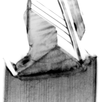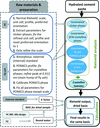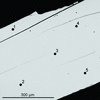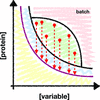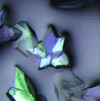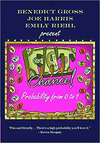issue contents
December 2019 issue

Cover illustration: CrysX: a set of crystallographic tools for computational modelling and manipulation of molecular structures, as well as resolving problems related to crystal structure determination, have been developed for the Android platform [Sharma & Mishra (2019). J. Appl. Cryst. 52, 1449-1454].
research papers


 access
accessX-ray back-diffraction (XBD) corresponding to the condition where the energy can be tuned slightly below that of exact backscattering (labeled residual XBD) has been characterized to check whether under this extreme condition the energy resolution can be further improved.
An iterative reconstruction algorithm for pole figure inversion using total variation regularization
 access
access

Single-crystal neutron diffraction, Raman, thermogravimetric and microhardness studies are performed on two α-nickel sulfate hexahydrate crystals grown under different conditions. The relation between the growth conditions, crystal structure and crystal properties is elucidated.


Experiments on diamond synthesis in the Fe–C system at 5.5 GPa and 1623 K were performed. X-ray diffraction analysis showed the formation of two carbides, Fe3C and Fe7C3. Two polytypic modifications of Fe7C3 are described, namely Fe14C6 and Fe28C12−x.
 access
access

By combining nano-diffraction single-crystal data and tomography data (collected at ESRF), a Rietveld refinement has been improved so as to obtain a reliable crystal model of a fibrous ferrierite.
computer programs
 access
access access
accessaddenda and errata

book reviews





 journal menu
journal menu


















